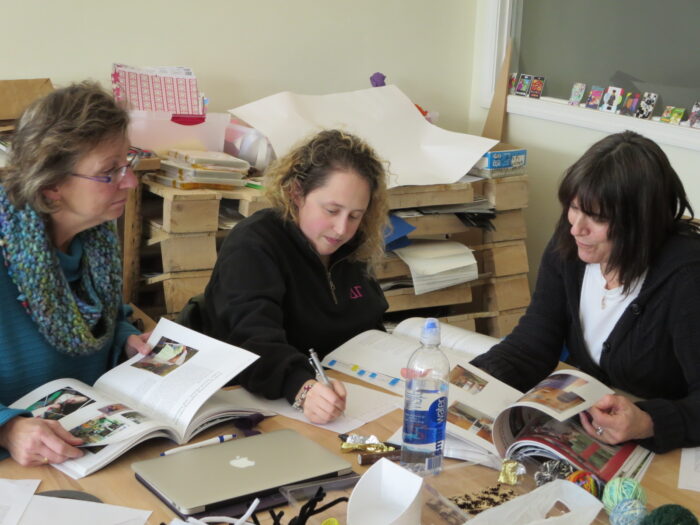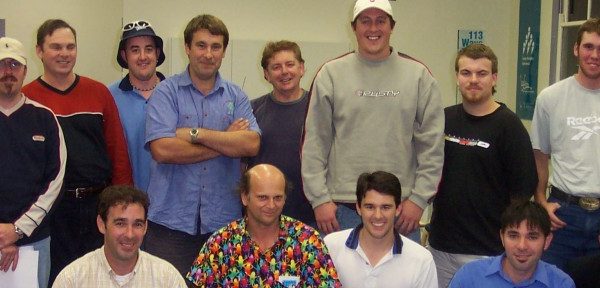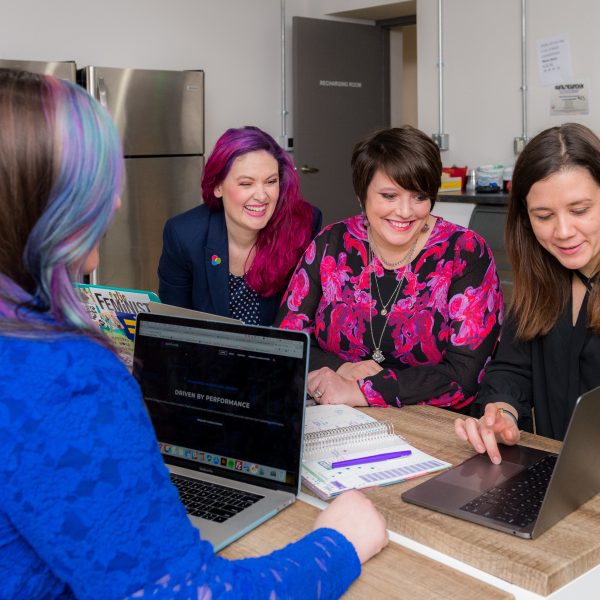The Courage to Lead: Educational Leadership is a Choice

Educational leadership starts with it being a choice.
Rodd (2016) proposes that leadership is a choice and it needs to be chosen and fully embraced by the person. This will have a direct impact on the leader’s motivation, responsibility and ownership of their role and, as a result, the outcomes for teaching and learning practiced by the team.
Making the choice to not be a bystander, or simply being a caretaker of the role, and fully embracing the opportunity of leading pedagogy will have significant benefits.
Educational leadership makes a significant impact on children’s learning and it also makes an impact on how the team learn and embrace new ideas.
· It matters to the way you approach teaching and learning
· It matters to your teaching team.
· It matters to the children.
· It matters to families.
Educational leadership requires courage. Courage is the ability to speak one’s mind by telling all of one’s heart and involves facing our fears, moving into the unknown, taking a risk and drawing from your own unique inner strength. Essentially it is about how you forge forward. Brene Brown (2017) offers the contrast of choosing courage over comfort which is a thought-provoking idea as an educational leader.
· What acts of courage does educational leadership require from you?
· What comforts or safety need to be pushed aside in order to advance forward?
Learning is central to the role of educational leadership. Creating the context, conditions and relationships for teams to think, to research and to be challenged is what sits beneath the team’s ability to engage in authentic learning. The following four ideas are presented as important factors in creating those conditions:
1. Building learning relationships – not compliance ones
2. Empowering your team – no power over your team
3. Embracing difficulties and challenges – not formulas or recipes
4. Engaging in learning together – not isolation and individualism
1. Building learning relationships
The consequence of thinking is learning, so how do we create thinking? Some ideas worth pursuing might include:
· Asking powerful questions.
· Engaging critically to foster depth in thinking.
· Recognising the value of thinking and giving it the time it needs.
· Empowering people to find solutions.
· Modelling thinking by talking out loud about your own curiosities and conflicts.
· Reflecting with others so we can co-construct meaning. This often means moving past the hallway type of conversations.

As an educational leader there are two important questions worth considering:
· How do I or how can I position myself as a learning partner with my colleagues?
2. Empower your team
To grow your team in their potential it requires a wide range of enriching experiences driven by the team’s interests, ideas and curiosities in early education. How can educational leadership empower the team to pursue these ideas?
3. Embrace difficulties and challenges
Fullan (1997) discusses the idea of problems being our friends. Imagine the possibilities for shared pedagogy where people are able to ‘spark new ideas off each other when they debate and disagree, yet remain willing to listen’ (Fullan, 1997, p32).
Daniel Goleman’s (2005) work on emotional intelligences offers a lens to look inward at the capacities we can nurture as educational leaders. Here are 5 questions I engage:
1. Self-Awareness – How is my mood, emotion or energy effecting this conversation right now?
2. Self-Regulation – What judgement do I need to hold back in this conversation, what impulse do I need to redirect?
3. Motivation – How do I find the energy to pursue this in ways that are authentic? What conversations do I need to have and with whom?
4. Empathy – What sensitivity do I need to exercise here? Am I listening deeply?
5. Social Skills – How can I best preserve, cultivate and connect meaningful relationships across the team in this scenario?
4. Engage in learning together
The power of people participating together is a goal worth pursuing in any early childhood service. But what does this mean for what we must change when individual educators plan for learning in isolation? Is there is very little time for bringing teams together to reflect, plan and imagine? Let’s be honest and reflect on:
· How can we re-imagine how meetings and planning time is arranged so as to think about the collective not the individual?
· How can we consider using our time differently than before?
· Is the agenda to our meeting a barrier to participation?
This piece first appeared on Kelly Goodsir’s website KG Learning. Access the original here.
Further reading
Brown, B. (2017). Braving the Wilderness: the quest for true belonging and the courage to stand alone. Penguin Random House, UK.
Cagliari, P., Castagnetti, M., Giudici, C., Rinaldi, C., Vecchi, V & Moss, P. (2016). Loris Malaguzzi and the schools of Reggio Emilia, a selection of his writings and speeches, 1945-1993. Routledge, Taylor and Frances Group.
Fullan, M. (1997). The complexity of the change process. The challenge of school change: a collection of articles, (p27 – p45). Hawker Brownlow Education
Goleman, D. (2005). Emotional Intelligence: why it can matter more than IQ. Bloomsbury Publishing PLC.
Robertson, J. (2016). Coaching leadership: building educational leadership capacity through partnership, 2nd edition. NZCER Press.
Rodd, J. (2016). Leading change in the early years; principles and practices. McGraw Hill Education, Open University Press.
Wheatley, M. (2002). Turning to One Another: Simple Conversations to Restore Hope to the Future. Willing to be disturbed. San Francisco: Berrett-Koshler Publishers, Inc.
Popular

Quality
Practice
Provider
Research
Workforce
Honouring the quiet magic of early childhood
2025-07-11 09:15:00
by Fiona Alston

Practice
Provider
Quality
Research
Workforce
New activity booklet supports everyday conversations to keep children safe
2025-07-10 09:00:16
by Fiona Alston

Quality
Practice
Provider
Workforce
Reclaiming Joy: Why connection, curiosity and care still matter in early childhood education
2025-07-09 10:00:07
by Fiona Alston













